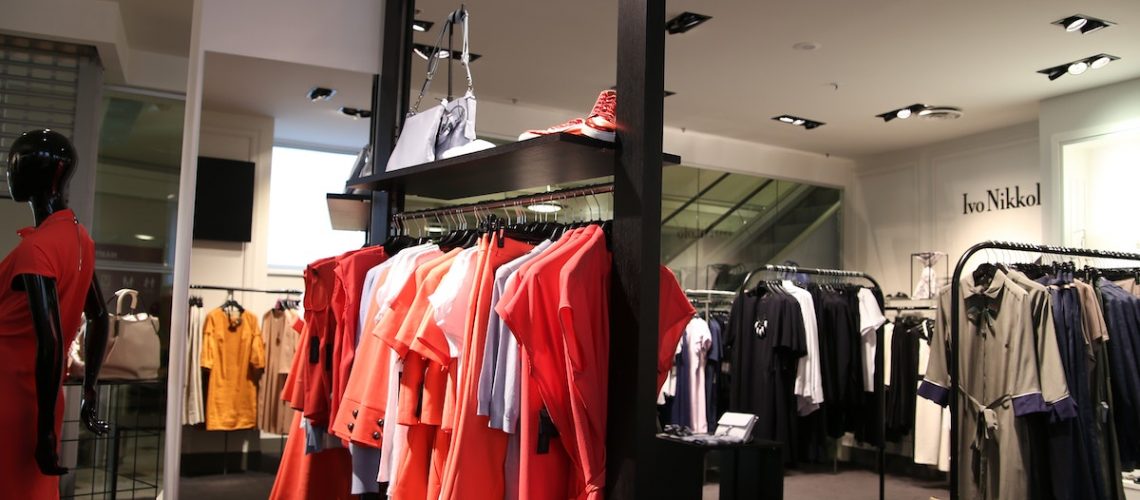Are you a business-minded woman with an eye for fashion? Have you ever dreamed of starting your own clothing brand? If so, then you’ve come to the right place. Starting a clothing brand can be a gratifying and exciting experience. But where do you start? Here are the things you should know before getting started:
Find your niche and unique selling proposition
The first step in creating your clothing brand is identifying what makes your company unique. What sets it apart from other brands out there? Is it the fabrics used? The style of clothing? The branding or marketing approach?
Take some time to think about what makes your brand unique and how you can use this to stand out from the competition. Once you have identified this, focus on building a strong identity and message that will resonate with your target audience.
Research your target market
Researching who is most likely to buy from your brand – in other words, understanding your target market – is critical when launching a successful clothing line. Who will buy your product? What are their age range, gender, and interests, and where do they live or shop online?
These factors are essential for developing your product line and marketing strategy. Doing thorough research on who will purchase your items will help you make informed decisions when buying supplies, setting prices, and creating promotional materials that appeal to them.
Develop a business plan and budget
Creating a business plan is essential to ensure that your clothing line will be successful long-term. It should outline your short-term and long-term goals and strategies for achieving them in each stage of development (e.g., production, marketing).
Additionally, setting up a budget early on can help keep costs under control and prevent surprises down the road. Make sure that you consider all the costs associated with launching a new business (e.g., taxes, licensing fees) and any potential investments that may be necessary (e.g., suppliers).
Source quality materials and suppliers
Once you have identified what makes your brand unique and understand who is most likely to buy from it, it’s time to start sourcing quality materials and suppliers for producing the items themselves. For example, if you are selling t-shirts or sweaters, research different fabrics that would work best for them (cotton vs. polyester vs. wool) and any additional features, such as buttons or zippers, that could make them more attractive or practical for customers while still staying within budget constraints.
You should also look into potential suppliers who offer competitive pricing and reliable customer service so that production can run smoothly without any delays or complications once orders start coming in.
Establish a social media presence and marketing strategy

To get your brand noticed and build a following, you will need to establish an online presence. This includes creating a website or using an existing platform like Etsy, Instagram, YouTube, or Facebook, where potential customers can learn more about you and your clothing line.
In addition to building a digital presence, it’s essential to have a clear marketing strategy for promoting your brand and engaging with your audience on these platforms. To do this, consider employing the help of a professional branding agency. They can help you create solid and engaging content that will appeal to your target market, such as videos, photos, or blogs. They can also help make promotional materials encouraging people to buy your products. Finally, they can advise on how to effectively measure the success of your marketing efforts using analytics tools and other data-driven methods.
Network with other professionals in the industry
Lastly, it’s essential to network with other professionals in the clothing design and manufacturing industry. This can help you stay up-to-date on trends and best practices, as well as get advice from people who have been in your shoes before.
For example, attending conferences or trade shows may allow you to connect with and learn from other designers and manufacturers who can provide additional insights into how to build a successful clothing line.
Starting a clothing line is no easy task, but with proper planning and dedication, it can be done! By identifying what makes your brand unique, researching who will buy from it, developing an effective business plan, sourcing quality materials/suppliers, building an online presence, and networking with other professionals in the industry – anyone with ambition can turn their dream into reality! So go ahead – take the plunge! With hard work and intelligent decision-making, anyone willing to put in the effort can create their own fashion empire.

